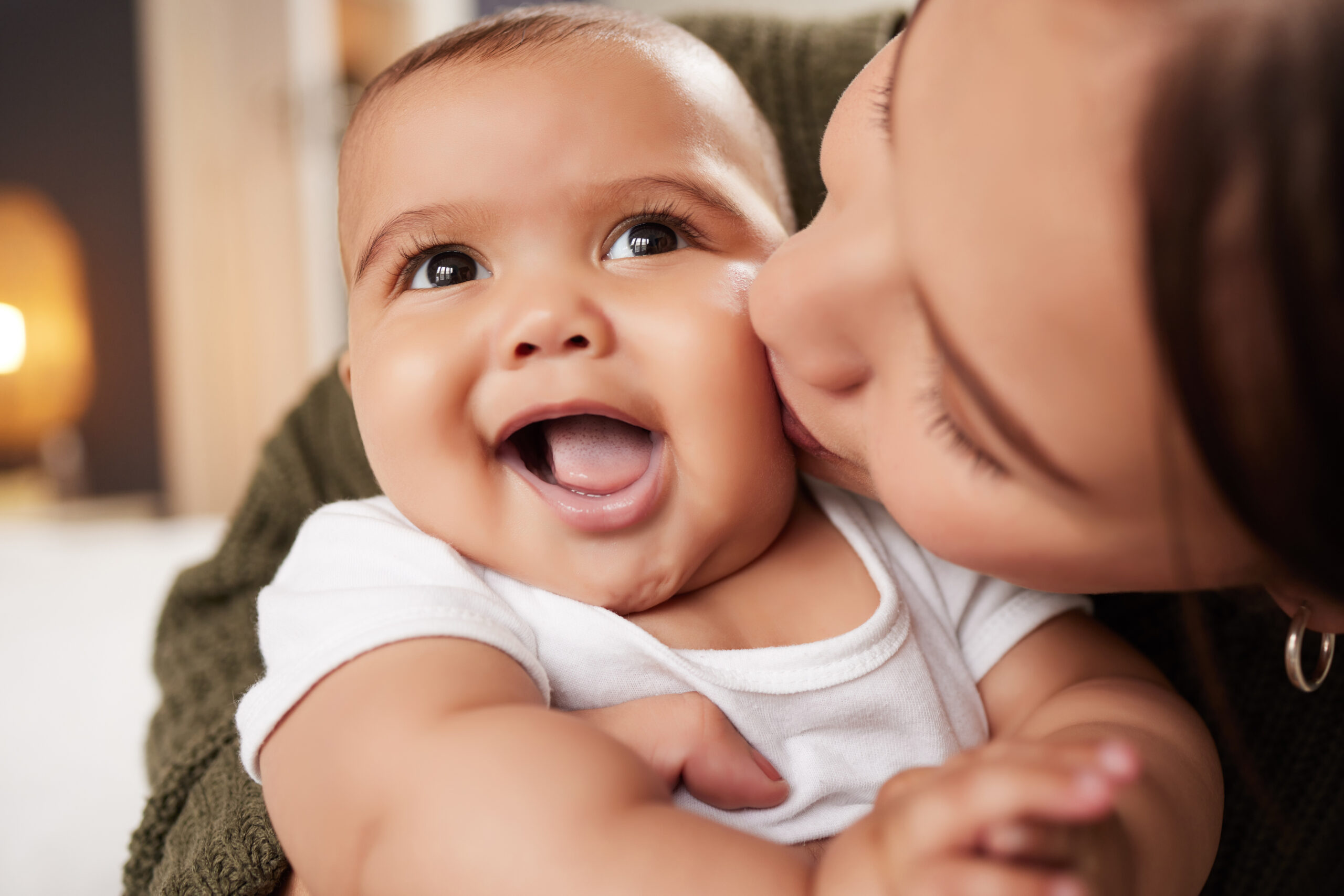
Have you ever wondered how much your infant takes in from the faces and people around them during those first few months of life? According to Edward Tronick, PhD, and his team of researchers at the University of Massachusetts Boston, it can actually be quite a bit.
“Babies this young are extremely responsive to the emotions and the reactivity and the social interaction that they get from the world around them,” Tronick explains, describing how babies are continually taking social and verbal cues from those interacting with them.
The “still face” experiment is something Tronick and his team studied, and it consists of a parent sitting down in front of their baby and giving a verbal greeting, to which the baby happily responds to.
In this video, the baby experiencing the still face experiment begins to point around the room and show her mom different things as the mom reacts and engages with her during the first part of the experiment.
“They’re working to coordinate their emotions and their intentions,” Tronick explains of how the first part of the experiment works and how it really establishes the type of interaction that a typical baby is used to.
The big twist in this experiment comes when the researchers ask the mother to not respond to the baby. In the video, the baby very quickly picks up on this behavioral change and begins to try to get a reaction out of the mother by smiling and pointing, eventually putting both of her hands up and beginning to clap, looking for some kind of response.
Within two minutes of not receiving a normal and engaged reaction from her mother, the baby begins to exhibit signs of stress.
To get the full scope of the still face experiment and hear more from Edward Tronick, check out the video.




